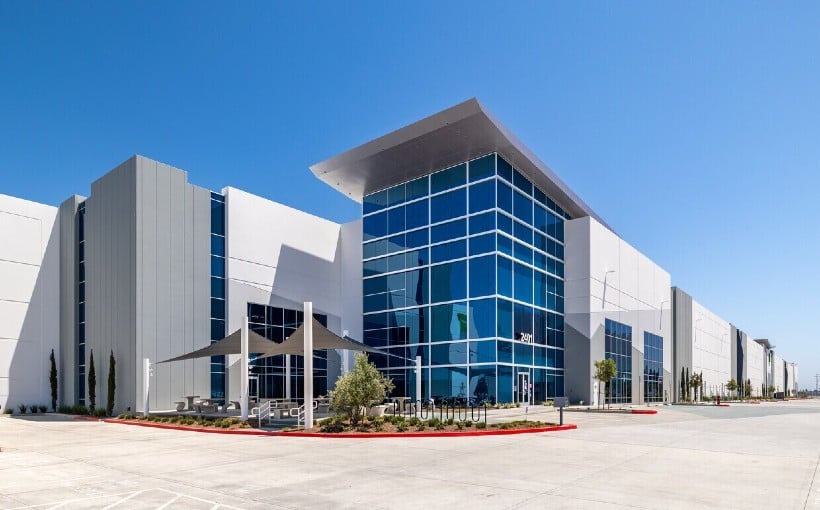**Data Center Demand Faces Headwinds: Is AI to Blame?**
The surge in generative AI has been a significant driver of data center development and investment in recent years. According to a recent report from CommercialEdge, tech companies’ AI investments have been so robust that over 51 million square feet of new data centers have broken ground since the beginning of 2023.
However, signs are emerging that this high-powered demand may be cooling off. CommercialEdge analysts noted that both Amazon Web Services (AWS) and Microsoft have paused plans for additional data center leasing. While both companies characterized these moves as temporary and related to capacity management, analysts underscored that this pause represents the first notable slowdown since the AI boom began.
In addition to the leasing slowdown, doubts are surfacing about the sector’s return on investment. Citing a June 2024 Goldman Sachs report titled “Gen AI: Too Much Spend, Too Little Benefit?”, analysts pointed out that while AI investments have crossed the trillion-dollar threshold, the actual problem-solving returns have not justified the financial input. Investor skepticism has also increased following the emergence of more efficient AI models—such as the one launched by Chinese startup DeepSeek—which require fewer resources than their Western counterparts.
Beyond financial concerns, the ongoing expansion of AI and related data center infrastructure faces other key challenges:
– Elevated power requirements create difficulties in site selection and often lead to community resistance.
– AI “hallucinations,” in which systems generate false or misleading information, could potentially limit adoption in industries like healthcare, law, and manufacturing.
– Legal issues—including those relating to discrimination, bias, copyright infringement, and liability—could stifle growth within the AI sector.
Despite current challenges, CommercialEdge analysts emphasized that generative AI is here to stay. That said, they cautioned that continued growth at the current pace is not guaranteed. “Issues around resource usage, return on investment, model accuracy and legal challenges will determine if AI reshapes the economy as we know it or if its uses will be narrower,” they said.
On the real estate front, CommercialEdge Director Peter Kolaczynski drew a comparison to the e-commerce-fueled warehouse development surge that occurred during the COVID-19 pandemic. “The right-sizing mentality that soon followed is already on the minds of data center users and developers,” he noted. “We expect more caution in the near future, as companies determine what the right footprint should be.”
As AI continues to evolve, the data center sector—and those who invest in it—may need to reassess what sustainable growth truly looks like.




